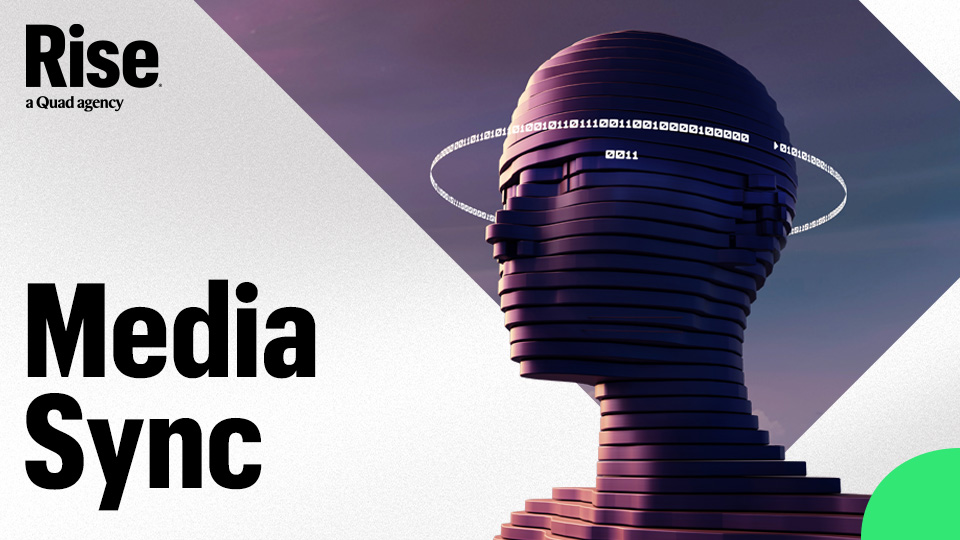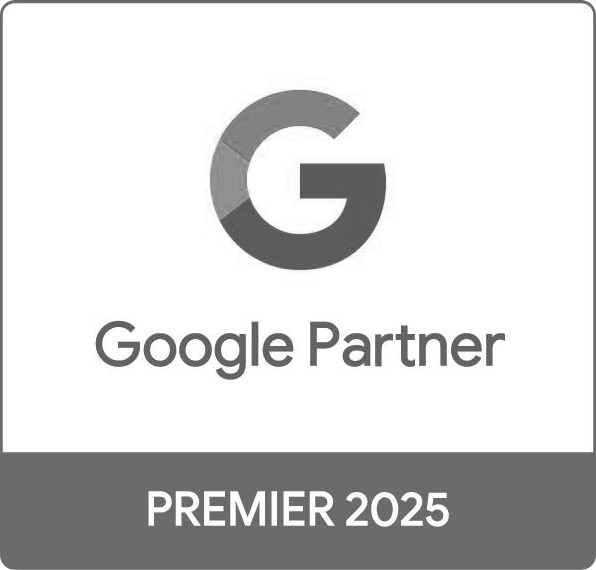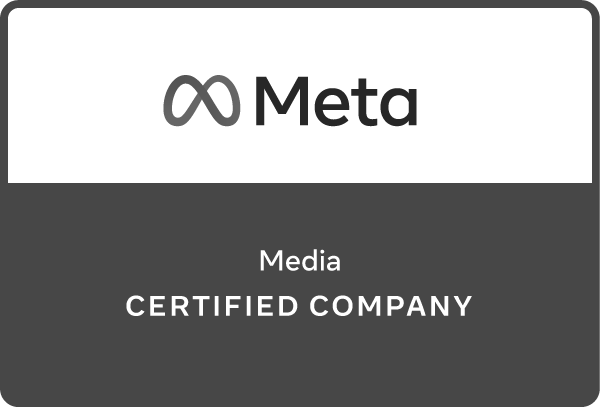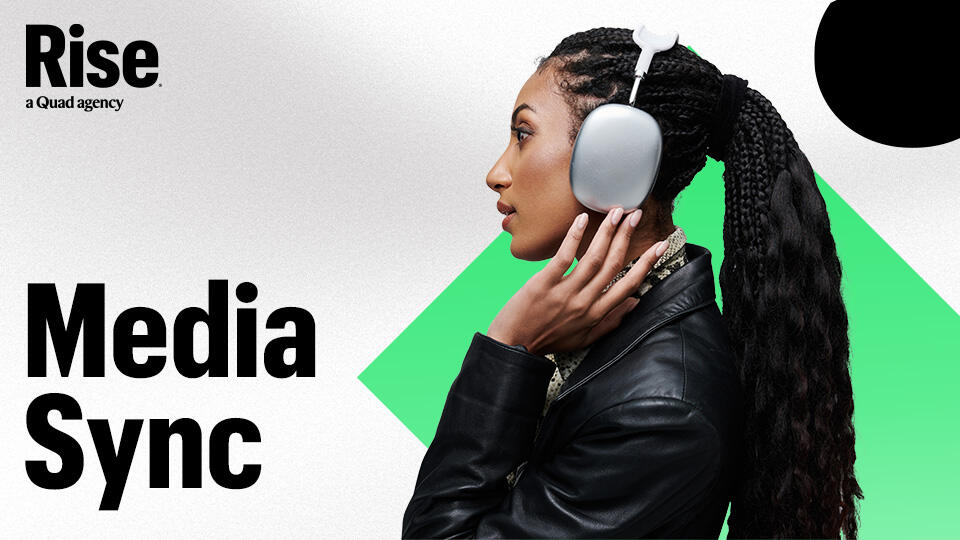
Rise Media Sync is a new column from Rise that quickly summarizes media and platform news of interest to marketers. Here are five key developments the Rise team is monitoring:
1. Instagram launches Friends Map
What’s happening: Instagram has introduced Friends Map, a real-time location-sharing tool similar to Snapchat’s Snap Map, designed to boost social engagement and local discovery.
What we know:
- Friends Map is opt-in, allowing users to choose which friends can see their last active location.
- Location sharing can be turned off at any time for privacy.
- The map also surfaces location-tagged content across Instagram formats.
Early indications and perspective: This move positions Instagram to capture more of the real-time, location-based social interaction market dominated by Snapchat. For marketers, Friends Map could become a valuable channel for driving in-person visits and local engagement, especially for retail, events and hospitality. Brands should watch adoption closely, as early integration into location-tagged content could offer competitive visibility in this new discovery space.
2. Google Ads upgrades Performance Max
What’s happening: Google has rolled out new features for Performance Max (PMax) campaigns, giving advertisers greater targeting precision, improved customer acquisition reporting and deeper creative asset insights.
What we know:
- The changes aim to address long-standing advertiser concerns about transparency and control within PMax.
- Updates include campaign-level bulk negative keyword management and expanded demographic and device targeting, as well as improved reporting that reduces conversions categorized as “Unknown.”
- Advertisers can also view clicks, conversions and spend at the asset level; remove Final URL Expansion assets; and access AI-powered creative recommendations.
Early indications and perspective: Sharper targeting, clearer acquisition data and asset-level transparency could help brands refine audience focus while cutting spend. As acquisition costs rise, these tools offer a competitive advantage for identifying and converting new customers more efficiently. Advertisers running high-budget, multi-channel campaigns stand to gain the most from these enhanced controls.
3. Yelp expands sponsored ads collection
What’s happening: Yelp has introduced Local Co-branded Showcase Ads, which allows national brands to feature local business partners directly in Yelp search results.
What we know:
- Local businesses don’t pay to participate but can gain exposure through backing from larger brands.
- Ads can feature photos or videos and appear in relevant local searches, combining national and local branding.
- Pilot testing showed strong performance: Bilt Rewards saw 300,000+ location visits and Pepsi cut cost per lead by 25%, according to Yelp.
Early indications and perspective: This format could help bridge the gap between national marketing and local trust, especially for large brands without a physical location (and/or those seeking authentic, community presence). By leveraging Yelp’s high-intent search environment, advertisers can reach consumers at decision-making moments while giving local businesses added value. Marketers should explore partnerships with relevant local players to maximize reach, credibility and conversion potential in regional markets.
4. Nielsen adds new holistic measurement tools
What’s happening: Nielsen has introduced a feature called Outcomes Marketplace —designed to help clients measure ad performance beyond traditional reach and frequency metrics — to its Nielsen One platform.
What we know:
- This new interoperable system aggregates metrics from various partners to provide a holistic view of campaign impact.
- Realeyes is a key launch partner, contributing attention and emotional analytics to help predict sales outcomes. Additional measurement providers are expected to join Outcomes Marketplace later this year.
- Influencer platform Influential (powered by Captiv8) has already begun using the new tool.
Early indications and perspective: This move signals Nielsen’s shift toward outcome-based measurement, reflecting marketer demand for actionable performance insights across platforms. Nielsen is positioning itself as a central hub for combining diverse data sources, potentially improving cross-channel campaign optimization. For advertisers, the integration of attention, emotional engagement and sales data could refine how reach and frequency are measured and how budget allocation is determined.
5. ESPN strikes $3 billion NFL media rights deal
What’s happening: ESPN is acquiring the NFL Network, NFL RedZone Channel, NFL Fantasy Football and related media in exchange for a 10% equity stake, valued at an estimated $3 billion, contingent on the approval of NFL team owners.
What we know:
- The move fortifies ESPN’s pro football content for its upcoming direct-to-consumer streaming platform launch.
- The NFL maintains the rights to NFL Films, NFL+, NFL.com and digital distribution of RedZone.
- ESPN’s valuation is estimated at $25–$30 billion, as the NFL becomes a new stakeholder alongside Disney (which currently owns 80%) and Hearst (20%).
Early indications and perspective: This deal consolidates NFL content under ESPN’s expanding sports media ecosystem, potentially boosting its upcoming streaming service with marquee football coverage. The 10% NFL ownership stake aligns incentives between the league and ESPN, possibly leading to deeper content integration and cross-promotion. For marketers, the expanded reach and premium NFL inventory offer new high-value ad opportunities, especially during overlapping game broadcasts. The NFL’s retention of key digital properties suggests a long-term multiplatform strategy rather than a full media divestiture.
Other media/platform news we’re watching:
- “Bing Webmaster Tools now with 24 months of data, filters by country and device, and keyword trendlines” (Search Engine Land)
- “Loyalty programs with active communities appeal to Gen Z, study finds” (Marketing Dive)
- “Prime Video Subs Surpass 90M” (MediaPost)
If you made it this far, here’s a fun fact: Although Vincent van Gogh’s career spanned just over a decade, it’s estimated that he created more than 2,100 artworks — meaning he averaged about four new pieces per week.



